#national museum of african art
Explore tagged Tumblr posts
Text

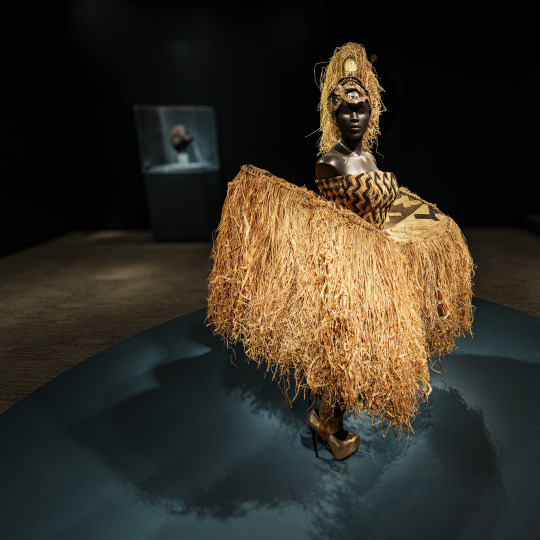

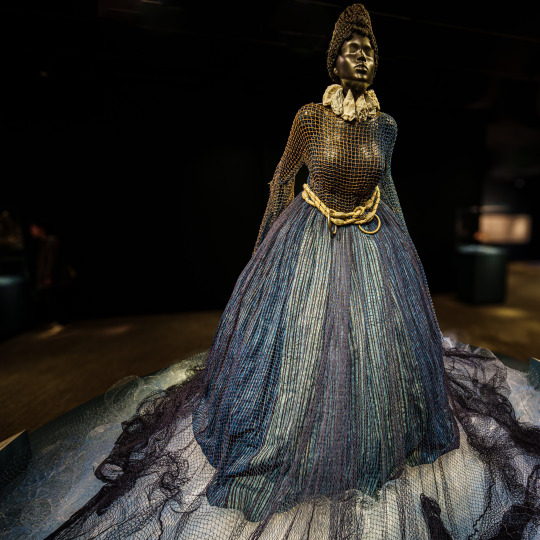
From the Deep: In the Wake of Drexciya - Ayana V. Jackson (American b. 1977)
National Museum of African Art, Washington, DC
photos: David Castenson
112 notes
·
View notes
Photo

Castle in the Window
#smithsonian castle#smithsonian#national museum of african art#dc#ir chrome#national mall#infrared photography#ir#haupt garden#infrared#washington#april#around dc#my work#photography
48 notes
·
View notes
Text

Afena saber of the Akan people, from the Agnibilékrou region of present-day Côte d'Ivoire. First half of 20th century. Now in the National Museum of African Art, Washington, D.C. Photo credit: Ji-Elle/Wikimedia Commons.
#art#art history#Africa#African#African art#West Africa#West African#West African art#Cote d'Ivoire#Ivory Coast#artifacts#sword#saber#Akan#Akan people#metalwork#historical weaponry#20th century art#National Museum of African Art
129 notes
·
View notes
Text


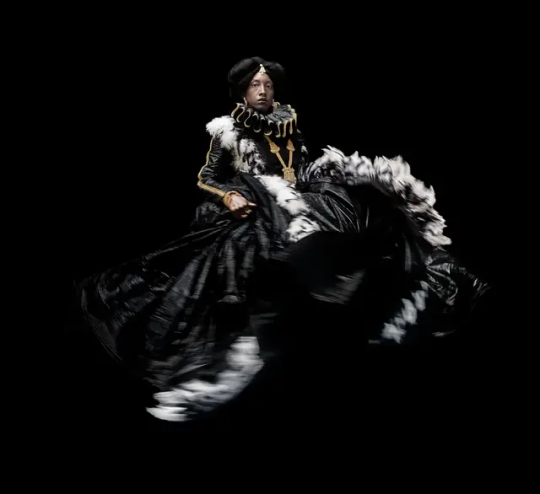






From the Deep: In the Wake of Drexciya with Ayana V. Jackson
"Artist Ayana V. Jackson creates an undersea realm honoring those who jumped or were thrown overboard during the trans-Atlantic slave trade." (Smithsonian Magazine, 8 June 2023)
Where There Is No Origin But Memory I
The Self-Forgetfulness of Belonging Will Never Be Mine I
Consider the Sky and the Sea
Some People Have Spiritual Eyes II (featuring the dress which also appears as "Use the Stars to Fix a Celestial Navigation Point," with materials including Ghanaian currency, paste, cotton, raffia reed fans)
When the Spirit of Kalunda Comes So Does Kianda
Some People Have Spiritual Eyes I
Reliquary: The Sea Has Nothing to Offer but a Well-Executed Grave
It is Only When You Lose Your Mother That She Becomes Myth
I Summon the Voice from the Deep I
[images from the official exhibition website]
Also -- for those interested, many of these garments and models appear in video-works in collaboration with other artists! Very cool.
#From the Deep#Ayana V. Jackson#art#african art#in the wake#transatlanticism#Lose your mother#Black studies#costumes#mixed media#multimedia#dresses#costume#gold coast#africa#National Museum of African Art#fantasy#critical fabulation#underwater utopia#african american#fashion#photography#critique#installation#museum#aquatopia#underwater#movement#dance
2 notes
·
View notes
Text
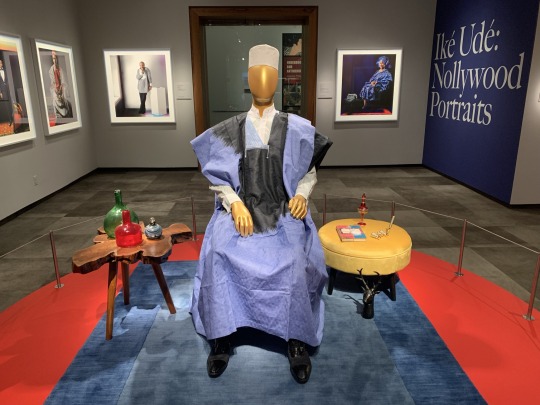
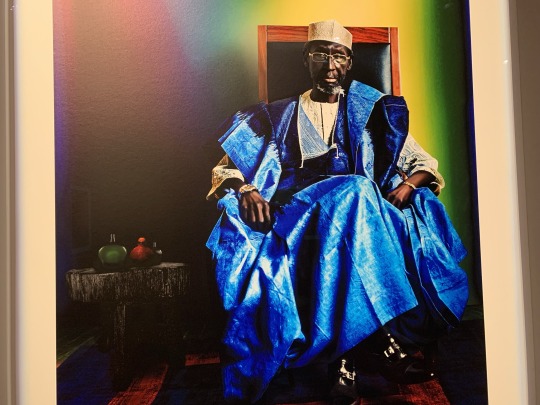
March 27, 2022
Washington, DC
--
National Museum of African Art
Sadiq Daba
Iké Udé, 2015
#photography#fashion history#fashion#menswear#smithsonian#smithsonian institution#national museum of african art#sadiq daba#ike ude#iké udé#nollywood
2 notes
·
View notes
Text

Pilipili Mulongoy (Democratic Republic of the Congo, 1914-2007) & Norbert Ilunga (DRC, active 1946-1950s)
Pintades (Guinea Fowl), c.1950
Oil on masonite, H x W: 125 x 247 cm (49 3/16 x 97 1/4 in.)
“This painting exemplifies the hightly decorative, rich compositions of Pilipili and his frequent collaborator Ilunga. As key figures in the Lubumbashi painting school, founded by Pierre Romain Desfosses, they became prolific chroniclers of the flora and fauna of the Congo region.”
National Museum of African Art, Smithsonian Institution 92-15-4
#animals in art#20th century art#birds in art#bird#birds#painting#oil painting#African art#modern art#Smithsonian National Museum of African Art#1950s#wildlife art#Guinea Fowl#African animals#collaborative art#Pilipili Mulongoy
273 notes
·
View notes
Text




Glass
#canon powershot s70#canon powershot#canon photography#canon#washington dc#museum#smithsonian#stained glass#glasses#window#national portrait gallery#portrait gallery#african american history museum#art museum#history museum#glasscore#architecture#library#library of congress#building#old building
21 notes
·
View notes
Text

Shout by Samella Sanders Lewis. American. 2001.
Smithsonian National Museum of African American History and Culture.
#Smithsonian National Museum of African American History and Culture#the smithsonian#samella sanders Lewis#national museum of african american history and culture#african american history#american art#American history#modern history#America#art#culture
3 notes
·
View notes
Text
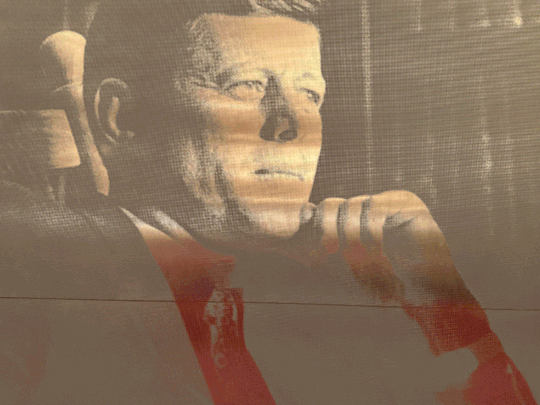
JFK at the National Museum of African American History and Culture, 2023
GIF: Bruce Morrow
#bruce morrow#brucemorrow#bruce-morrow#animated gif#animated gifs#digital art#nft digital art#my art#the moment that#National Museum of African American History and Culture#smithsonian#jfk#myart#artists on tumblr
7 notes
·
View notes
Text
the older i get the more confused i become in regards to my identity.
#z escribe#i have been aware that i was adopted from a young age. heck i knew before my mom told me because i watched the health channel#and i rmbr they showed a skin color chart and i pieced together...two white parents don't equal a brown kid#and i thought that the colorblind mindset was a proper one to be brought up with. obviously not as i experienced racism in elementary.#and was extremely confused why 'other' white kids didn't see me as white either...well no shit you're not white baby aza#and i went through a radical phase during middle school. hating all white people. but then my mom's white fragility deterred me from that#as any time i would voice my anger she would... quite literally in tears... try to reason with me and be like ''but i'm white people...#do you hate me?'' to which i would always have to soothe her. and honestly i have become comfortable in identifying with mixed.#it is a comfortable identity because i have grown up without any specific culture (outside of american. which. how does one even begin to#define the complexities of such an identity... the way that american as a nationality transcends as it becomes a civil religion.)#anyways. i have been thinking about a guy at a party and our conversations. and how we got to our identities and i instantly...#out of habit really. told him ''well i'm half mexican or indigenous too... but i mean it's not like i'm really latin.'' and he was like.#''no azaria. you are. don't diminish yourself and your ancestors just because you weren't able to grow up around that culture''#his comment made me think about my identity once again after a long time of not wondering what it means to be Me.#and i recently submitted a paper for an internship. and god. i was reading it to my white mom. and after i read the concluding paragraph#she asked me to read it again. to which i did. and then after a pause she sighed and said i was being ''too angry''#and when i asked her to elaborate she simply said ''well it makes it sound as if white people are evil''#mind you. my application paper is about working at a museum for african american/black art preservation. like. art history is so deeply#saturated with colonialism and racism??? and she just chose to ignore that point of my paper and focus on me critiquing her fellow white#people. and to categorize me as the 'angry black person' are you Fucking kidding me. but then even with that she was like.#''i just don't get why you're so angry. you're not even black. i mean. you don't look black at all. you look mexican''#she constantly wants my identity to be simple. to be watered down. to be digestible.#i am the product of a biracial mother and fully latin/indigenous father. that is the truth of my identity. i will NEVER be perceived as#white.#but after that i just felt so incredibly shitty and called my sister and she told me what our mom said to her that day too. and i said#something along the lines of ''sometimes i feel as if mom thinks we owe her for adopting us.'' and my sister agreed.#it broke me. it really did. to know that i am not being overdramatic in my thoughts. to know that i am not simply being ungrateful.#my sister says that she copes with it by reasoning that our parents are born in the 40s and times were a lot different then. but it is hard#for me to constantly excuse their racism and ignorance towards my identity. both regarding my queerness and ethnicity.#i am so tired. so so tired.
4 notes
·
View notes
Text
Board Approves Formation of Committees, Appointments
The Huntington Town Board has approved the establishment of the Huntington America250 anniversary committee to prepare for celebrations of the semiquincentennial of the country’s Declaration of Independence in 1776. Appointed to committee were the town historian, town clerk’s archivist, director of cultural affairs and one representative each of these heritage organizations: Cold Spring Harbor…
#• Daughters of the American Revolution#• Lefferts Tide Mill & Preserve#• Lloyd Harbor Historical Society#• Matinecock Tribal Nation#• Order of the Ancient and Honorable Huntington Militia#• Sons of the American Revolution#• Vanderbilt Museum and Planetarium#Cold Spring Harbor Whaling Museum#Greenlawn-Centerport Historical Association#heckscher museum of art#Huntington African American Museum#Huntington Historical Society#Huntington Lighthouse Preservation Society#Huntington Town Board#Long Island Chapte#Long Island Chapter#northport historical society#Preservation Long Island#Walt Whitman Birthplace Association
0 notes
Text

March 8, 2024
Five Murmurations - John Akomfrah
1 note
·
View note
Text
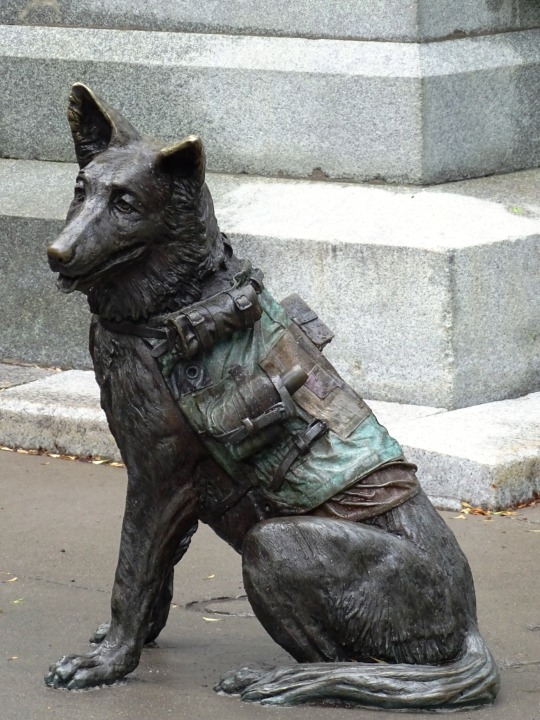

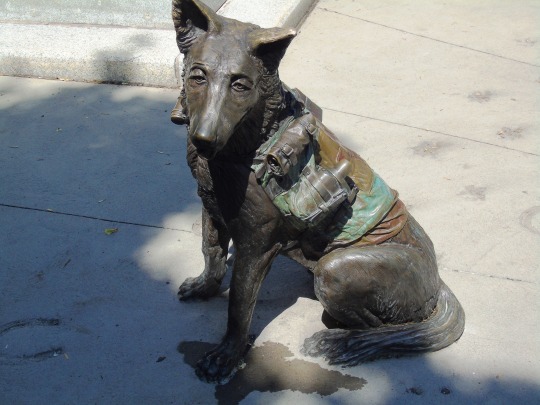
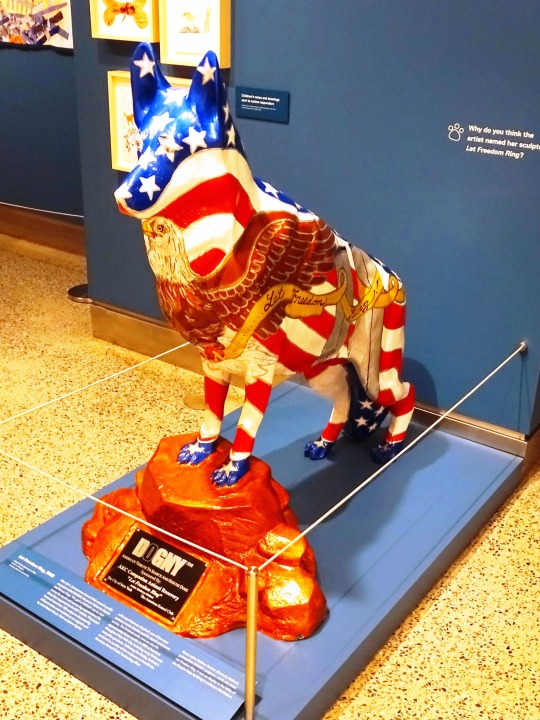
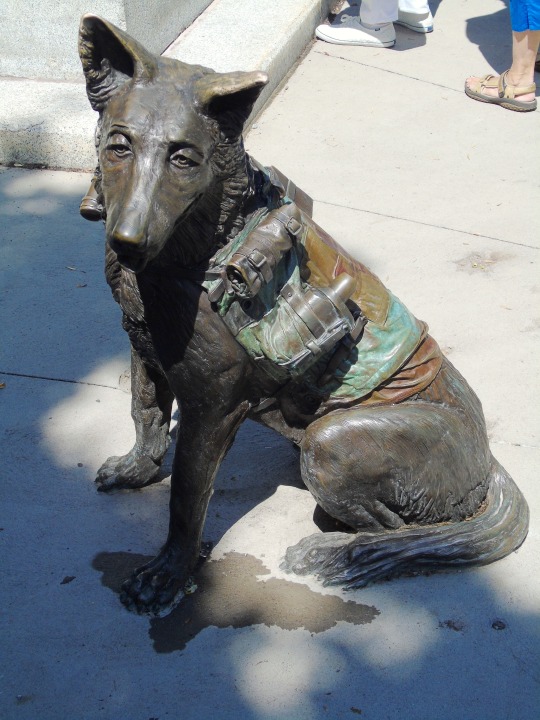
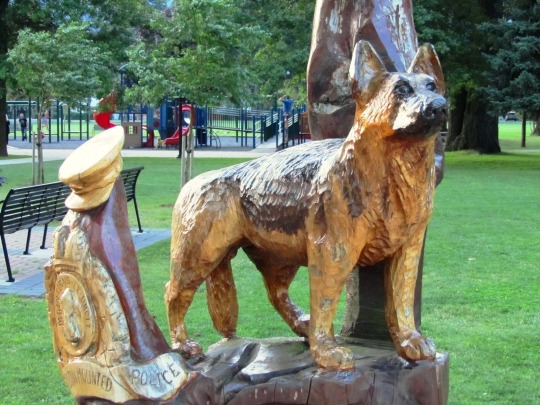
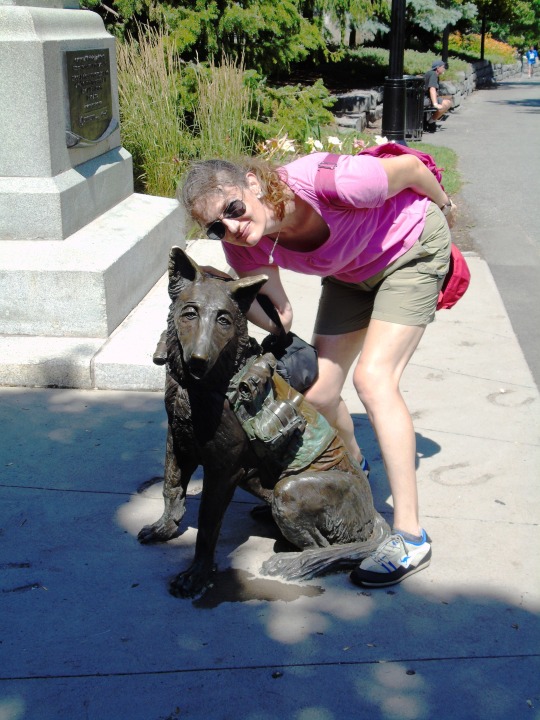
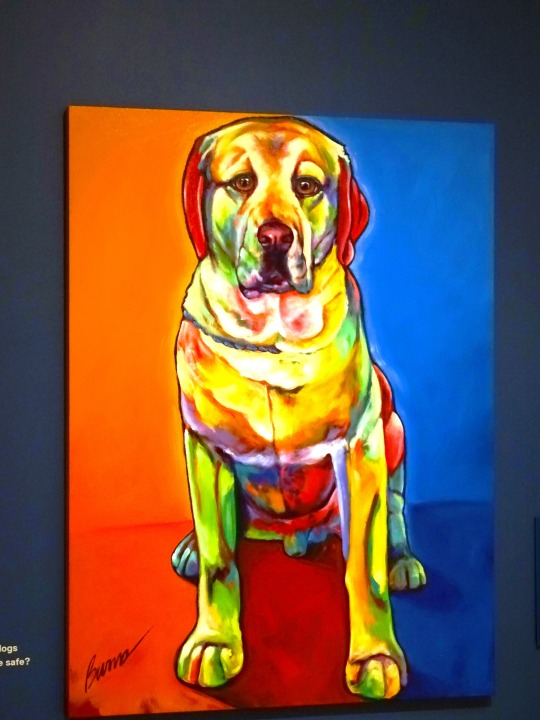
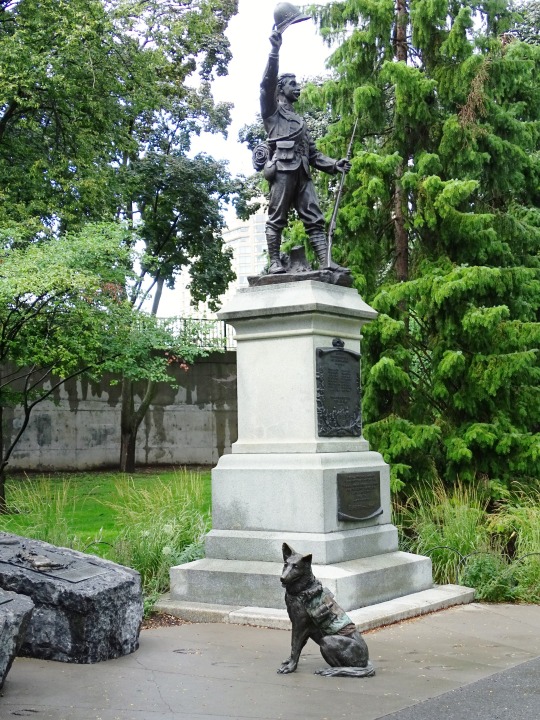
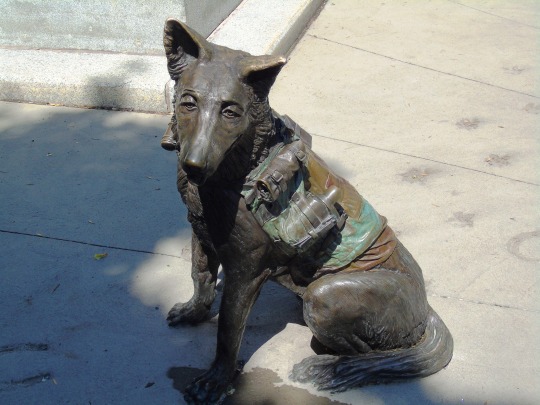
K-9 Veterans Day
Joseph White, a retired military working dog trainer, came up with the idea for K-9 Veterans Day. By his efforts, his home state of Florida recognized the day in 2009. Other states have since recognized it as well, although it has not been recognized on the national level. The day is dedicated not only to K-9 veterans of the military, but also to customs dogs, search and rescue dogs, police dogs, border patrol dogs, and secret service dogs. March 13 is the date of the holiday because the K-9 Corps was created on March 13, 1942. The Quartermaster Corps of the Army began training dogs on that date, making it the moment when dogs officially became part of the U.S. Armed Forces.
Three months before Pearl Harbor, U.S. Army Sgt. Robert H. Pearce started a small K-9 command program at Fort MacArthur in San Pedro, Los Angeles. He brought Hollywood dog trainer Carl Spitz on board. (Spitz was known for owning and training a Cairn Terrier named Terry, who was best known for playing the role of Toto in The Wizard of Oz.) In January of 1942, they began asking people in Los Angeles to bring their dogs to Pershing Square to be used in the war effort. Over 1,000 dogs were brought, including Rudy Vallee’s Doberman Pinscher, King, and Mary Pickford’s German Shepherd, Silver. The program was known as Dogs for Defense. These dogs would go on to be used by the K-9 Corps.
Originally, thirty breeds of dogs were accepted by the K-9 Corps, but this was narrowed down to seven: German Shepherds, Siberian Huskies, collies, Belgian Sheepdogs, Doberman Pinschers, Eskimo dogs, and Malamutes. New dogs were first given obedience training. They were then given additional training to be a scout or patrol, messenger, sentry, or mine detector. Within eight to twelve weeks they completed their training. The original idea was to have 200 dogs in the K-9 Corps, but by the end of World War II, the number had ballooned to more than 10,400. Most of the dogs were family pets.
Although dogs were first formally trained for military service during World War II, they have been used in war since antiquity. More recently, some were used informally during the Civil War. During World War I, the German, British, and Belgian armies used them to pull carriages and wagons loaded with guns and supplies, to pull telephone lines, to carry messages, and to comfort those who had been injured. About 7,000 dogs were used in World War I, but not only a few of these were from the United States.
As of the late 2010s, over 2,500 dogs actively serve in the military, and about 700 are deployed overseas. Military dogs sniff out bombs and weapons, search and patrol, perform guard duty, and serve as companions to those who suffer from post-traumatic stress disorder and traumatic brain injury. Military dogs are usually German Shepherds, Belgian Malinois, or Labrador Retrievers. Dogs in the military now can receive medals and awards, and they often have retirement and memorial services held for them. In law enforcement, dogs began being used more in the 1970s. These dogs patrol, perform search and rescue missions, and detect drugs, explosives, cadavers, and arson accelerants. Dogs in both military and law enforcement roles, as well as dogs in other similar official roles, are all honored today.
How to Observe
Here are some ideas on how to celebrate the day:
If you have, work with, or train a military dog, law enforcement dog, or dog in a similar role, make the day extra special for them.
Contact your representatives and encourage them to support a K-9 Veterans Day on the state or national level.
Support K-9 Courage, a group that provides healthcare assistance to retired police and military dogs, and gives support to service dogs who assist veterans with post-traumatic stress and traumatic brain injury. You could help raise funds or have your own dog participate in “Dogs Salute Dogs.”
Learn about notable dogs who have served in the military, such as Sgt. Stubby, Chips, Lex, and Cairo.
Visit a memorial dedicated to dogs, such as the War Dog Memorial at the March Field Air Museum in Riverside, California; the War Dog Memorial in Hartsdale Pet Cemetery in Hartsdale, New York; the National War Dog Cemetery and War Dog Memorial at Naval Base Guam; The Pennsylvania War Dog Memorial; or the Military Working Dog Teams National Monument in San Antonio, Texas.
Visit Sgt. Stubby, who is stuffed and on display, and covered with a blanket that holds his medals, in an exhibit titled “The Price of Freedom: Americans at War” at the National Museum of American History.
Watch a movie or documentary about military or police dogs such as Max, Sgt. Stubby: An American Hero, War Dog: A Soldier’s Best Friend, Megan Leavey, or War Dogs: America’s Forgotten Heroes.
Source
#Sirius by Ron Burns#Let Freedom Ring by Kathryn Mellusi#New York City#USA#National September 11 Memorial & Museum#13 March#K9VeteransDay#K-9 Veterans Day#Animals in War Memorial by David Clendining#Ottawa#Onatrio#Canada#South African War Memorial by Hamilton MacCarthy#Hope#BC#Chip#wood carving#public art#sculpture#British Columbia#cityscape#vacation#travel#original photography#tourist attraction
1 note
·
View note
Text
by Shiryn Ghermezian
US President Joe Biden signed into law on Wednesday a bill that would make it possible for the nation’s only museum dedicated exclusively to the American Jewish experience to join the Smithsonian Institution, which would help support its existence for years to come.
Bill H.R. 7764 establishes a commission that will examine if the Weitzman National Museum of American Jewish History in Philadelphia can join the Smithsonian Institution. The commission of eight people must submit a report with its findings to Congress and the president within two years of its first meeting. The bill was sponsored by Jewish US Rep. Debbie Wasserman Schultz (D-FL) and introduced in March. It was passed by the House of Representatives in September and the Senate did the same earlier this month. Both votes were unanimous.
Before the bill was passed to Biden’s desk, Wasserman Schultz said in a Facebook post that signing it into law “would help reject harmful prejudices by educating people about the many contributions of Jewish Americans.”
The Smithsonian Institution is the world’s largest museum, education, and research complex, which includes 21 museums, 14 education and research centers, and the National Zoo. If the Weitzman museum, located on Independence Mall in Philadelphia, was to join the Smithsonian Institution, it would become one of the Smithsonian museums in the US dedicated to minority groups such as the African American History and Culture Museum, the American Indian Museum, and National Museum of Asian Art. Museums under the umbrella of the Smithsonian Institution also receive federal government support.
Established in 1976, the Weitzman National Museum of American Jewish History houses one of the largest collections of Jewish American artifacts in the nation, with more than 30,000 objects.
#joe biden#weitzman national museum of american jewish history#debbie wasserman schultz#smithsonian institution
308 notes
·
View notes
Text

kuba women decorating woven cloth in the democratic republic of the congo, photographed in 1970. eliot elisofon/smithsonian institution, national museum of african art
904 notes
·
View notes
Text


March 27, 2022
Washington, DC
--
National Museum of African Art.
Genevieve Nnaji's Dress
Iké Udé, 2016.
#photography#fashion#fashion history#dress#gown#smithsonian#smithsonian institution#national museum of african art#genevieve nnaji#ike ude#iké udé#i don't know if tumblr parses accents correctly so fingers crossed
1 note
·
View note